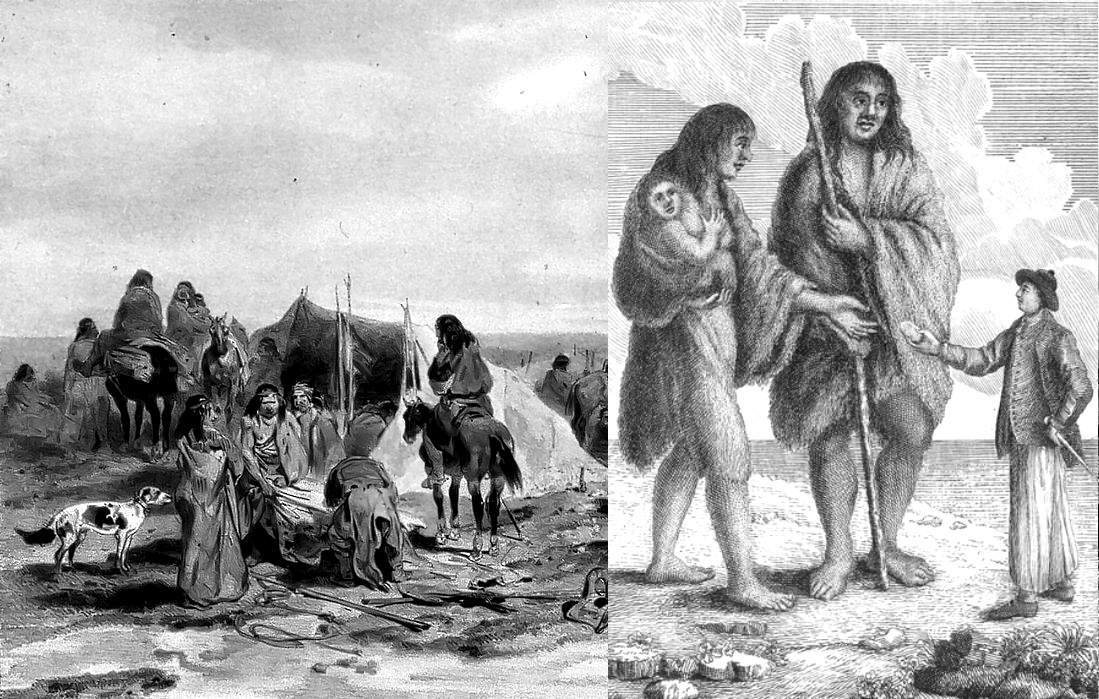

This once again seems to confirm the research conducted by Fortean Times which reports that “Howard sold or transferred Kap Dwa to his brother Scott in New Jersey.” 9 10 An article from a different newspaper from the same year repeats the 2,000 number and identifies the owner as a British woman named Chris Howard. This time, Kap-Dwa was exhibited at various places in New Jersey and was said to be 2,000 years old. The next mention is in an American newspaper from 1976. If we’re to believe Fortean Times, it was owned by Thomas Howard during this time and it remained in England until at least 1971 (based on a photograph of the exhibit at Newcastle). Much later, the giant was to be seen at Nottingham Goose Fair on 4th October 1959, as shown in this video around 08:10 mark 8. He even set out to verify its authenticity by appointing physicist Guy Brown, an unnamed radiologist from Weston-super-mare hospital, and a local doctor, who allegedly inspected it and found “no perceptual evidence of its being a fake.” 7 The book doesn’t say whether this conclusion was based just on observation, or whether some more rigorous methods were used. 6 One of the ads lists Bertram among its keywords, lending some credibility to FA’s story (although they spell it Bartram).Įventually, just as the Fortean Times say, it wound up in the Grand Pier in Weston-super-mare, England, which we can confirm with 1931 book by John Fothergill, an English innkeeper, and entrepreneur, who visited the pier and was fascinated by Kap-Dwa. It was actually listed several times for sale in “want ads” in English print between 19. 5Īfter that, it seems to had made its way into England. However, this time the advert says that he is of Maori origin.

The giant was exhibited in Clark Street Museum, Chicago in 1899. 4Īnother newspaper reference leads us out of Pennsylvania for the first time. Anderson’s Wonderland Musee & Theatre in Wilkes-Barre, Pennsylvania. Bradenburgh's Arch Museum on 9th and Arch Streets, Philadelphia, 1890s.Īccording to an 1893 newspaper ad, the giant’s next stop was in M.C. The earliest confirmed location of two-headed Patagonian giant - C.A. Side-note: Among other requisites “the Turtle Boy, who is half boy and half turtle” is also advertised. His alleged origins remain Patagonian and he is reported to be 11 feet tall. Bradenburgh’s dime museum in Philadelphia. Trace continues in an 1891 The Philadephia Inquirer column about C.A.

This remarkable product of animal kingdom has been examined by the wise men of the Smithsonian Institute and pronounced to be the Simon-pure, 18-carat article. The giant was subdued only when 160 shots from a Gatling gun had been poured into his body. Both of his heads were lassoed at one and the same time by two Western cowboys. He was captured 200 miles from the coast of Patagonia. More importantly, though, it provides us with the historically first version of the story: The earliest record we could dig up mentions the two-headed Patagonian giant only circumstantially in an 1889 Pittsburgh Dispatch column, which used him for a proposal of a ‘psychological puzzle’ about the workings of the giant’s mind. So, let’s see what we can find in the depths of the internet. Some websites also mention that there are other versions of the story, or conflate them together, but we will get to each of them later. It was sold to a showman called “Lord” Thomas Howard in 1959, after which it left Weston. In the early 1900s, the stuffed giant was purchased by a Mr Bartram who toured the country on the Edwardian horror circuit, ending up in Weston-super-Mare in Somerset, where the curiosity passed through several hands and was exhibited at various locations. He broke loose and killed four of his captors, before being killed himself by a boarding pike plunged into his heart 1 The story was that he had been captured by Spanish sailors in 1673 and bound to the mainmast. The Two-headed Patagonian Giant”, said to have been over 12ft (3.7m) tall, was a famous fairground attraction allegedly brought to England in the 19th century. The usual narrative, on which the majority of articles on Kap-Dwa are based, comes from a story run by British magazine Fortean Times, specializing in anomalous phenomena and mysteries, from 1998 to 2000. Side-note: Right from the start, we should note that although the Patagonian giants are well established in the historical record, there are no mentions of the two-headed variety, apart from those discussed below. Kap-Dwa is allegedly a mummified body of a 12-foot tall two-headed giant from Patagonia, making him potentially the only material proof of Patagonian giants we have.


 0 kommentar(er)
0 kommentar(er)
